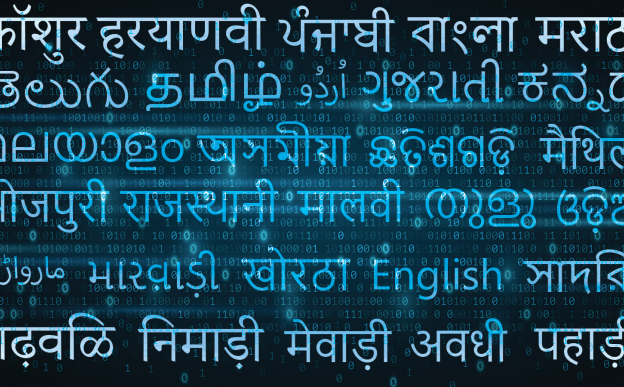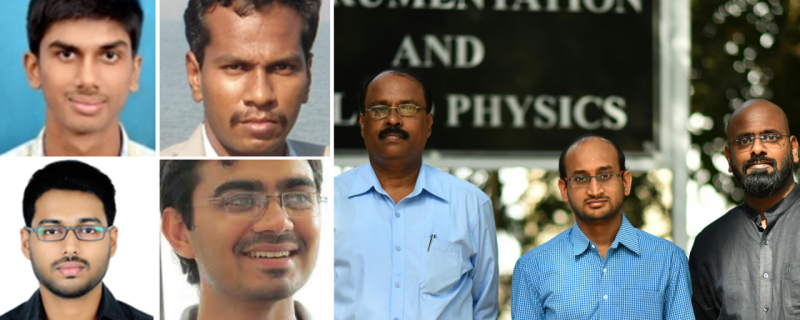Can insects help us decipher how molecules behave? Yes, say scientists from Department of Chemistry of Indian Institute of Technology (IIT) Bombay, IIT Kanpur, IIT Guwahati and Indian Association for the Cultivation of Science, Kolkata. In a recent study, they have described how the concept of ‘swarm intelligence’ can be used to determine the most stable configuration of a molecule and its electronic structure. With this knowledge as base, scientists can design molecules such as drugs, vaccines and polymers with targeted properties.


